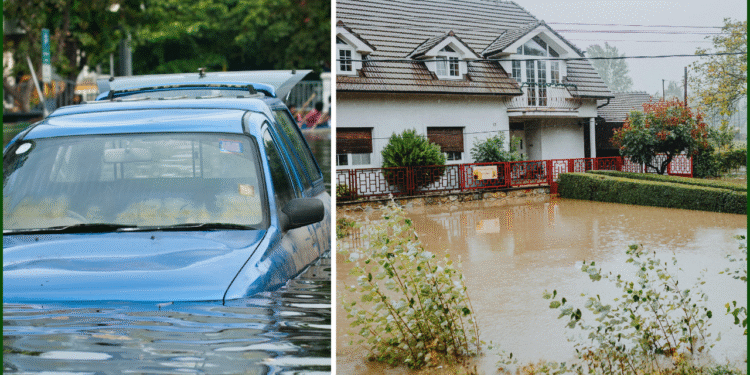Pakistan’s weather authorities have issued a seasonal outlook, predicting a mix of heatwaves, normal to above-average rainfall, and potential flooding across various regions from May to July. The forecast highlights significant weather challenges as the country transitions into the warmer months.
According to the Pakistan Meteorological Department, the early months of 2025 saw uneven rainfall patterns. Southern areas, particularly in Balochistan and Sindh, faced drier conditions, resulting in depleted soil moisture. Meanwhile, northern and central regions experienced moderate to heavy rains, creating a stark contrast in weather impacts across the country.
Rainfall Outlook for May to July
The meteorological department projects that most parts of Pakistan will experience near-normal rainfall during the May-to-July period. However, specific regions are likely to see variations:
- Central and Southern Pakistan, including northeast Punjab, may receive slightly higher-than-average rainfall.
- Khyber Pakhtunkhwa, Gilgit-Baltistan, and Kashmir are expected to face below-average precipitation, potentially exacerbating water scarcity concerns in these areas.
Heatwave Warnings
The forecast warns of intense heatwaves, particularly in southern Punjab and Sindh, where temperatures are expected to soar. These conditions could strain public health systems and increase demand for cooling resources, especially in urban centers. Authorities are urging residents to stay hydrated and avoid prolonged exposure to the sun during peak heat hours.
Flooding Risks
The combination of rainfall and rising temperatures poses a significant risk of flooding in June and July. Areas in Sindh, Punjab, Azad Kashmir, and Khyber Pakhtunkhwa are particularly vulnerable. In northern regions, warmer temperatures are accelerating snowmelt in Khyber Pakhtunkhwa, Gilgit-Baltistan, and Kashmir, which could lead to swollen rivers and heightened flood risks.
Preparing for the Season
Local governments and disaster management authorities are gearing up for the challenges ahead. The forecast underscores the need for proactive measures, including:
- Strengthening flood defenses in at-risk areas.
- Ensuring adequate water management to address both drought and flooding concerns.
- Raising public awareness about heatwave safety and flood preparedness.
As Pakistan navigates this complex weather outlook, coordination between communities, local authorities, and meteorological experts will be critical to minimizing risks and ensuring safety during the coming months.

















































